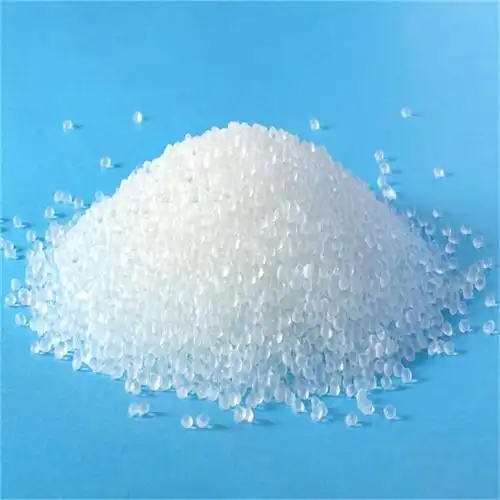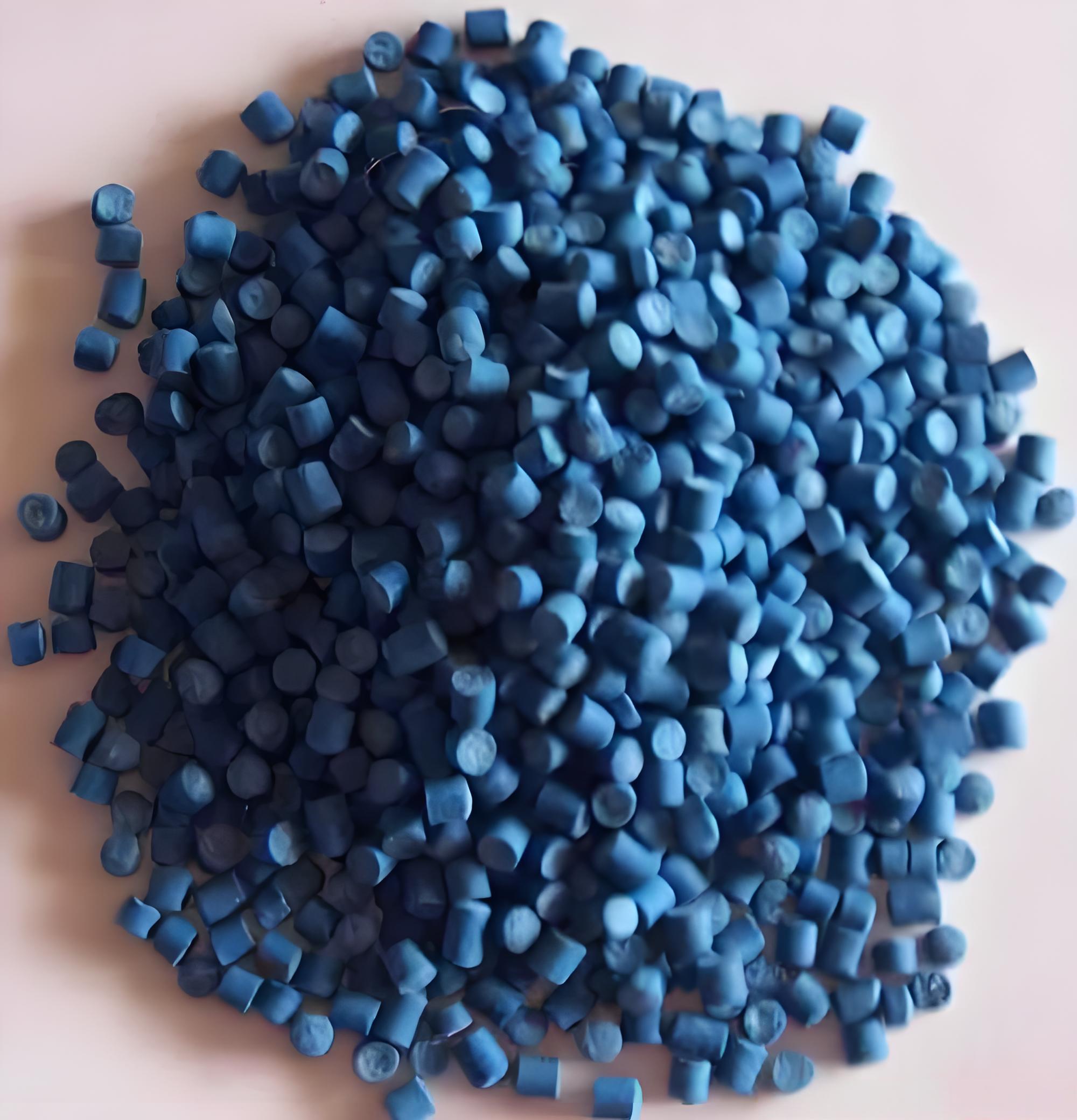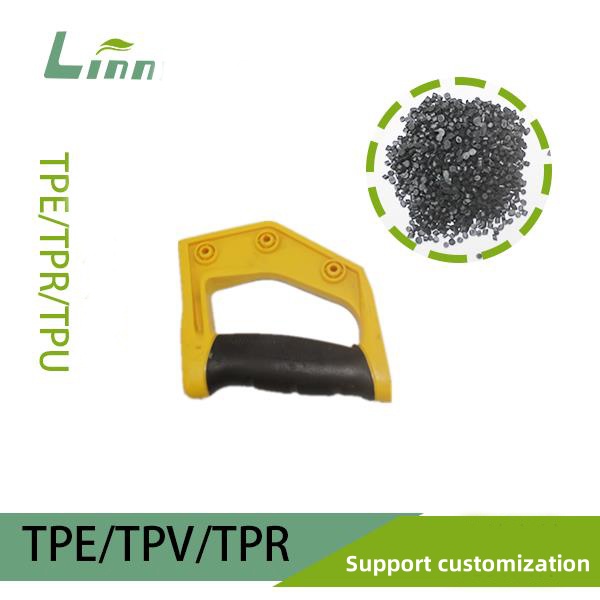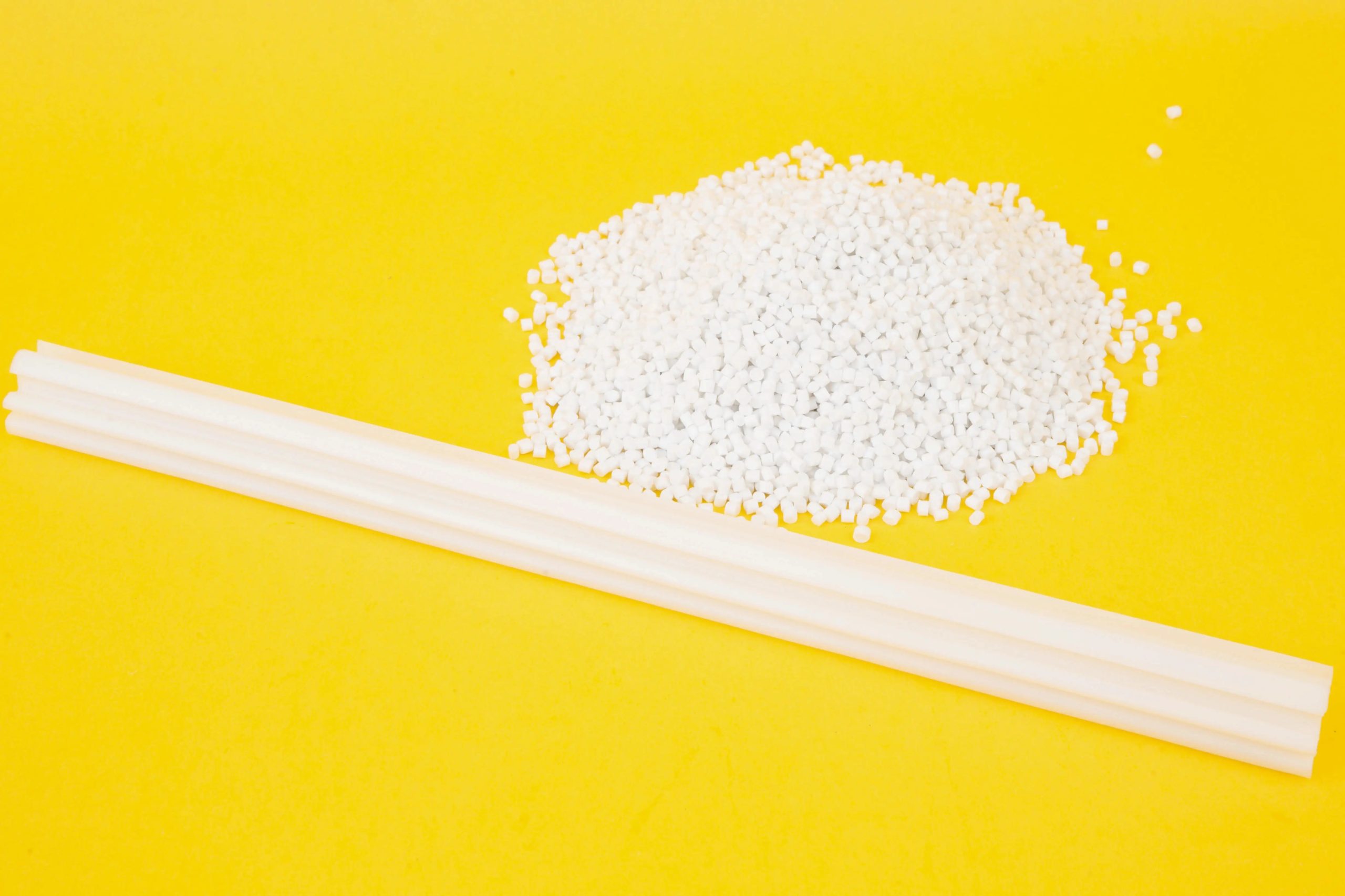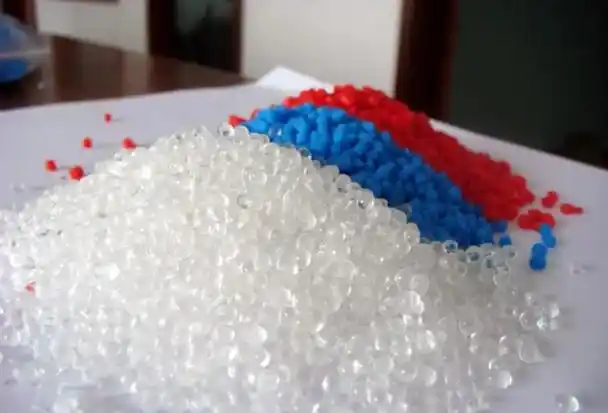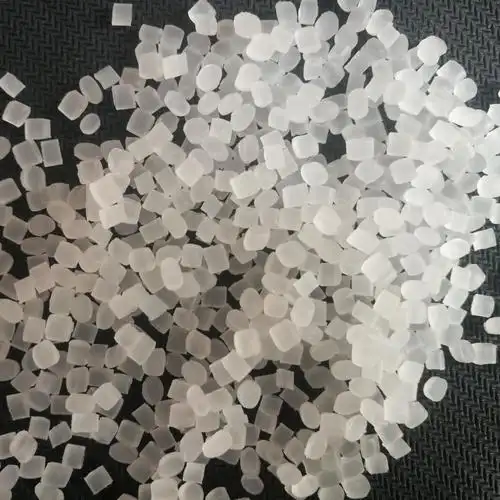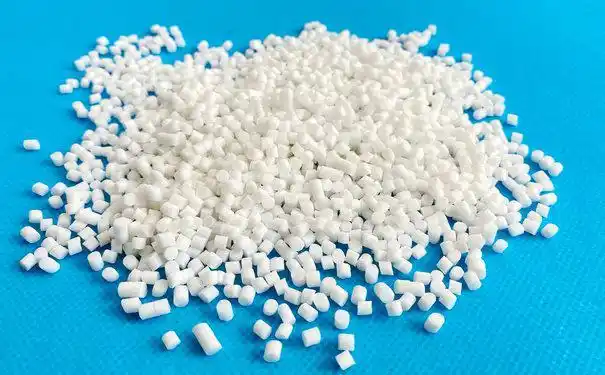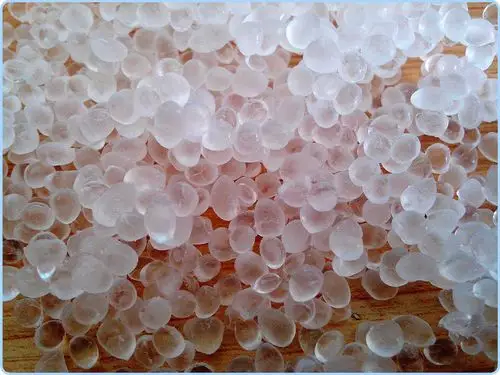Why Does White TPE Material Turn Yellow?
As someone who’s spent over fifteen years in the plastics and elastomers industry, I’ve seen my fair share of material quirks. One issue that keeps coming up, especially with white thermoplastic elastomer (TPE), is its tendency to turn yellow over time. Whether it’s a phone case, a yoga mat, or a medical device, that unsightly […]
Why Does White TPE Material Turn Yellow? Read More »


